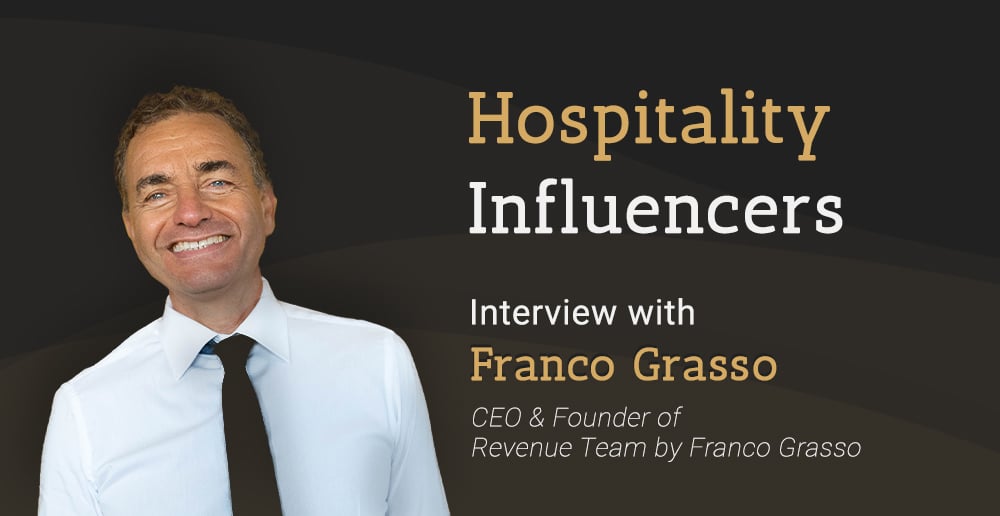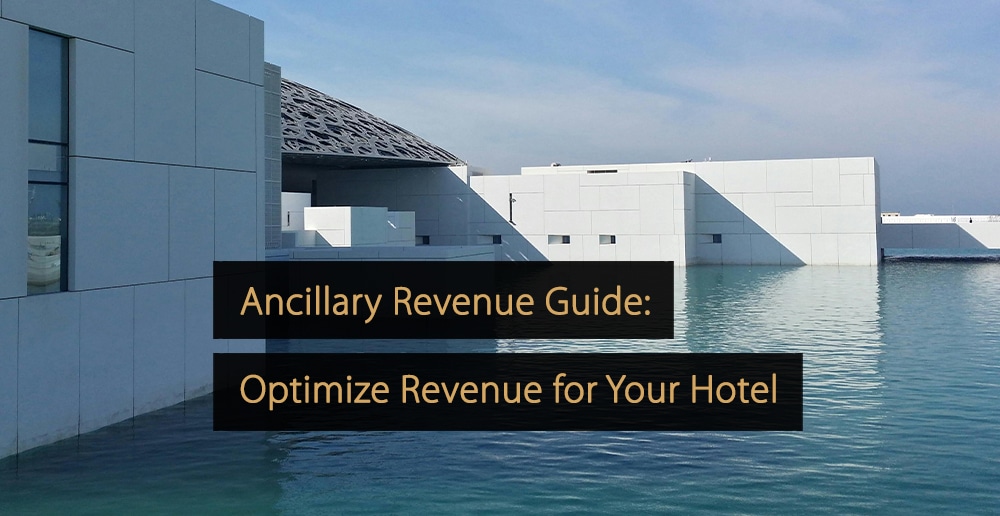As the fiscal year ends, it’s not uncommon for hotel teams to discover unallocated funds in their marketing budget. Since the golden rule of budgeting is “use it or lose it,” here are five quick, effective ways to make an impact with surplus dollars before the end of the year.
Sometimes it’s a strategic safety net. Sometimes it’s dumb luck. When hotel teams reach the end of the fiscal year and find they have unspent marketing funds, it doesn’t matter how it came to pass. More important is that the funds be allocated swiftly and effectively to promote the property, lest the earmarked money be deemed unnecessary and lead to a smaller budget for the following year.
5 Crucial Places to Invest Surplus Marketing Funds
The good news is that there are many smart places to invest surplus dollars in the modern digital era, many of which can be implemented relatively quickly and offer an immediate impact.
Here are five places to invest surplus marketing funds before the end of the year.
1. Google Property Promotion Ads and TripAdvisor Sponsored Placements
Both Google Property Promotion Ads and TripAdvisor Sponsored Placements are effective tools for reaching new audiences. These options are a combination of metasearch and unbranded paid search campaigns. You pay for placements in both Google and TripAdvisor rankings for top hotels in your market, and you only pay for a click once a user gets to your booking engine. If a user doesn’t click, you still get your property name and imagery in front of a user and don’t have to pay anything for the impression.
The key benefit here is getting exposure when you know users are actively searching for hotels in your area, and, in both Google and TripAdvisor, the ad is accompanied by a property photo, offering the opportunity to feature your most visually appealing property photo.
The one drawback with this type of advertisement is that properties have less control over which searches they appear for. TripAdvisor and Google don’t allow you to choose your keywords specifically. Still, these are great channels for reaching new users.
2. Unbrand Paid Search
If you aren’t maxing out on unbranded paid searches and are seeing a positive ROAS, you’re probably leaving money on the table.
Rather than looking for new keywords to invest this money in, double down on the keywords you are already bidding on if you don’t enjoy a relatively high share of voice. This may not seem like a particularly exciting place to earmark unspent funds, but the potential for immediate impact is significant. Why not maximize your return on a channel you know works for your property?

3. Device ID Display Advertising
If you haven’t run Device ID advertising, using surplus dollars is a great springboard for trying it.
Device ID uses cell phone signals and a chip inside cell phones with a unique advertiser ID. This allows hotel teams to target users based on where they have been (think competing hotels) and serve them display ads. This is a great way to build awareness and poach market share from your competitors.
While our team has successfully done this for clients by targeting hotels within their compset in their own market, it’s also a great tactic for targeting hotels you think would be in your compset in other markets. Device ID gets your property in front of audiences that have traveled to similar markets, can afford your price points, and are interested in your product.
4. TikTok
Everyone knows about TikTok, but few hotel teams utilize the promotion channel.
Some things that separate TikTok from traditional Meta advertising you’ve done in the past include the ability to target users that have interacted with specific hashtags and follow specific influencers. This is a great way to drive brand awareness for events and concerts near your property. If you know an event’s hashtag in advance, you can start targeting users who are hashtagging the event or concert you want to benefit from.
For major events – Taylor Swift’s 2023 #ErasTour, for example – users are hashtagging as soon as their tickets are secured, typically months before the event. Hotel teams can then begin targeting those users as soon as they get excited about their concert.
TikTok’s CPM is also a fraction of what it currently is on Facebook and Instagram. This happens with every new platform, they drive the CPM down to get as many advertisers to work with them as possible and then slowly drive the cost up once it has higher adoption. This means that now is the time to consider a presence on TikTok, while you can still leverage bargain pricing for a premium channel with more than a billion users.
5. Content
Content is king; this is the next budget cycle, and for all budget cycles to come.
If you failed to earmark funds for a photo shoot, updated creative assets, or new content for your website, using surplus funds for fresh content is a smart way to set your property up for marketing success in the year ahead. Consider what new channel activations you’re making in 2024 and plan accordingly. It’s a waste of your budget if you invest in paid media strategies yet don’t have the content on your social channels or website to support the efforts you’re pouring money into.
For example, if you plan to run paid TikTok ads next year, create as much content as possible. You don’t want to rely on that same old brand video you’ve been running on YouTube for the past few years or a generic image collage for all of your ads, and it’s equally important to upkeep your organic presence.
If you have surplus funds yet are uncertain how your specific property should allocate its surplus marketing dollars, you can always seek insights from a hospitality-specific digital marketing agency.
Collaborating with a team that knows the hospitality and travel industries and the digital marketing landscape can be the difference between squandering funds and exceeding ownership’s expectations.
Free Hotel Case Study: How Marketing Personalization Motivates Travelers and Drives Bookings for Hotels
In this compact case study, you’ll read the data that shows the importance of marketing personalization to the average traveler. Download the following case study of Screen Pilot to learn how any hotel with a digital footprint can begin to use marketing personalization to increase conversions.
Click here to download the case study “How Marketing Personalization Motivates Travelers and Drives Bookings for Hotels”.








Leave A Comment